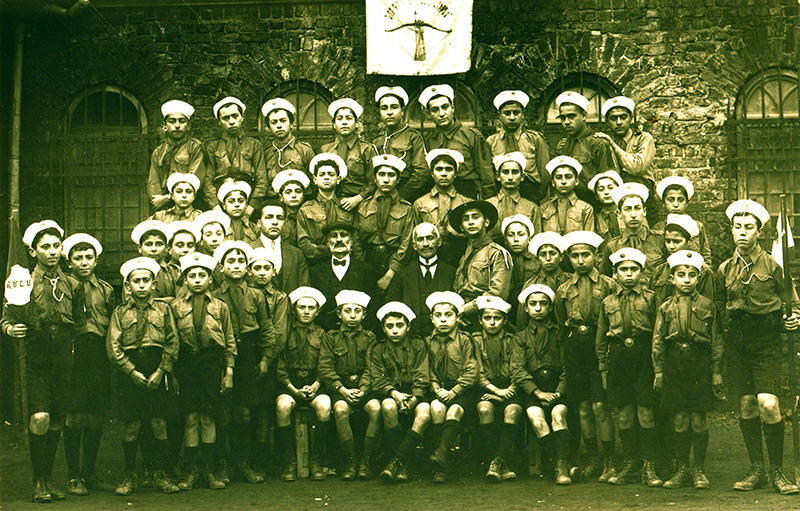 “... thousands of Armenian children were scattered through the villages, living in Turkish houses, mostly as servants. Very few were adoptees, or adult girls who were wives ... Just after the Armistice, it was one of my first duties, not only as a Patriarch, but as an Armenian individual, to collect these Armenian orphans and bring as many of them as possible back to the nation.”
“... thousands of Armenian children were scattered through the villages, living in Turkish houses, mostly as servants. Very few were adoptees, or adult girls who were wives ... Just after the Armistice, it was one of my first duties, not only as a Patriarch, but as an Armenian individual, to collect these Armenian orphans and bring as many of them as possible back to the nation.”
Patriarch Zaven
The Ottoman government suspended the Patriarchate of Constantinople’s activities in August 1916, with Patriarch Zaven Yeghiayan being deported to Mosul, then to Baghdad. He supported the Armenian refugees and the Mosul Orphanage’s work even while he was in exile. The Patriarch returned from exile only on 19 February 1919. The (Armenian) National Relief body was created on 28 February 1919, under the supervision of the Patriarchate of Constantinople and through the Central Committee for Armenian Relief and Orphan Relief. The latter was directed by the national and public figure Matevos Epilghatyan. The organization was created to coordinate the work of liberating Armenian orphans and women from Muslim captivity and to provide material support to deportees returning from Mesopotamian camps. In this regard, a joint call was made by Patriarch Zaven, the leader of the Armenian Evangelical community Zenob Bezjyan and the Armenian Catholic Patriarchal Vicar Archbishop Augustinios Sayeghyan.
An orphan collecting body was created within the National Relief organization on 17 April 1919. Patriarch Zaven personally oversaw the work of seeking orphans. In addition to Constantinople and the surrounding areas, the National Relief organization sent regional orphan seeking investigators to the inner provinces of the Ottoman Empire. Statistics show that in 1919 around 5.000 orphans were collected in those areas. Rescued children were moved to either Armenian orphanages or the Neutral Home. The latter was a place created to ascertain and confirm the orphans’ identity. According to the National Relief organization bulletin, the organization fully or partially supported 25 orphanages operating in Constantinople and 20 others in provinces as of 31 October 1919.
Thanks to Patriarch Zaven’s initiative, the Great Pan-Armenian fundraising effort began in April 1919. In September of that year the National Representative Assembly of Constantinople passed a law, obliging every Armenian to pay a “Homeland Tribute” according to their capacity. On 30 December 1920, Patriarch Zaven launched the “Orphan Salvation Week” program, calling people to provide the amount intended for New Year expenses and gifts for orphan care work. From the funds raised, the Patriarchate sent aid to shelters in Konya, Aleppo, Karin, Samsun, Brusa, Bandrama, Eskishehir, Damascus, Jerusalem and elsewhere, where Armenian refugees were provided with food and an allowance. The Patriarch provided financial support to a number of clergymen, intellectuals and their families and the Catholicos of Cilicia. The Patriarchate was also involved in the recovery and collection of looted and appropriated church vessels, objects and manuscripts. The contribution of the Patriarchate of Constantinople and of Patriarch Zaven to the rescue of the remnants of the Armenian people who survived the Genocide is enormous.
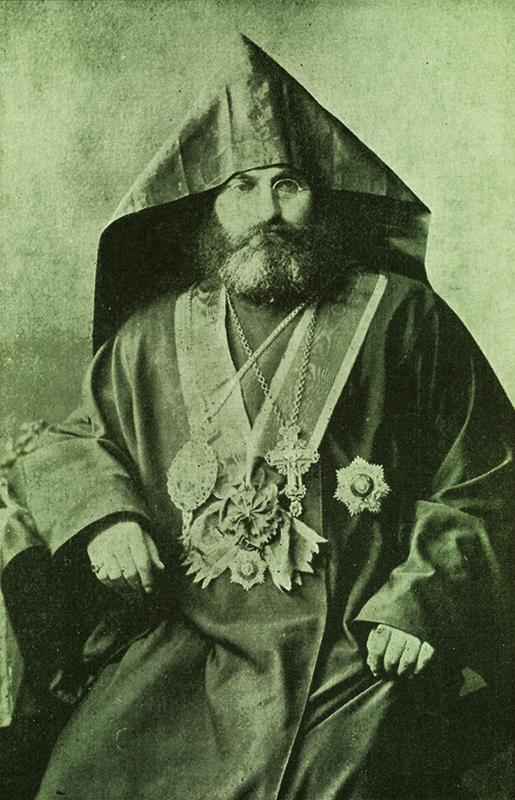
Zaven Abp. Ter-Yeghiayan (1868-1947), Armenian Patriarch of Constantinople
AGMI Collection

The students of the Guleli orphanage, Constantinople, 1921
AGMI Collection
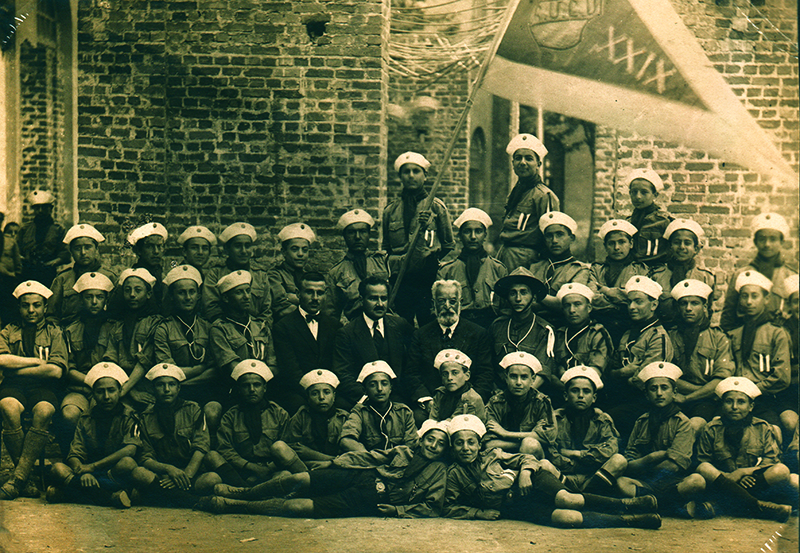
The students of the Guleli orphanage, Constantinople, 1921
AGMI Collection
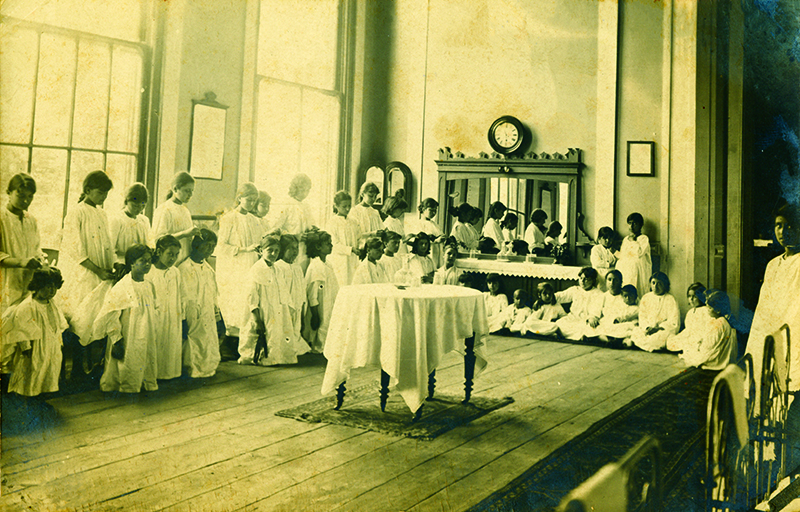
The students of the Garageozyan national orphanage, Shishli, Constantinople, 1920/1921
AGMI Collection
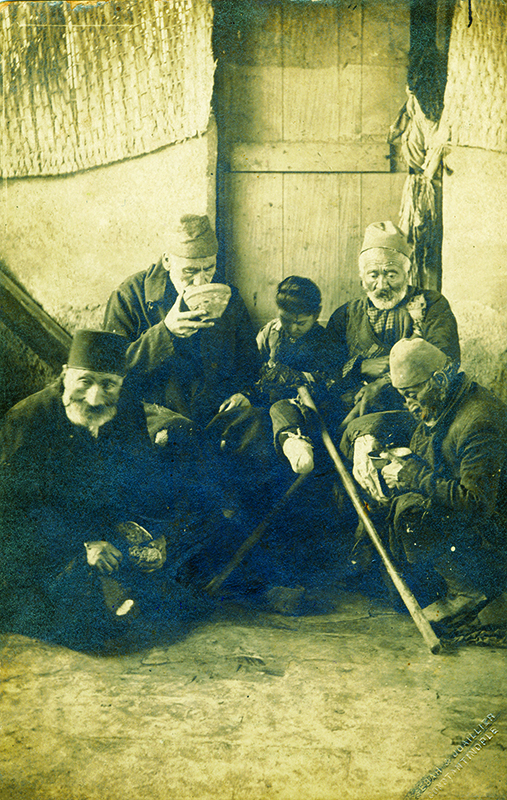
Armenian refugees: photo-postcard with the seal (on the reverse) of “Armenian Refugee Relief Committee of Galata,1918”
AGMI Collection
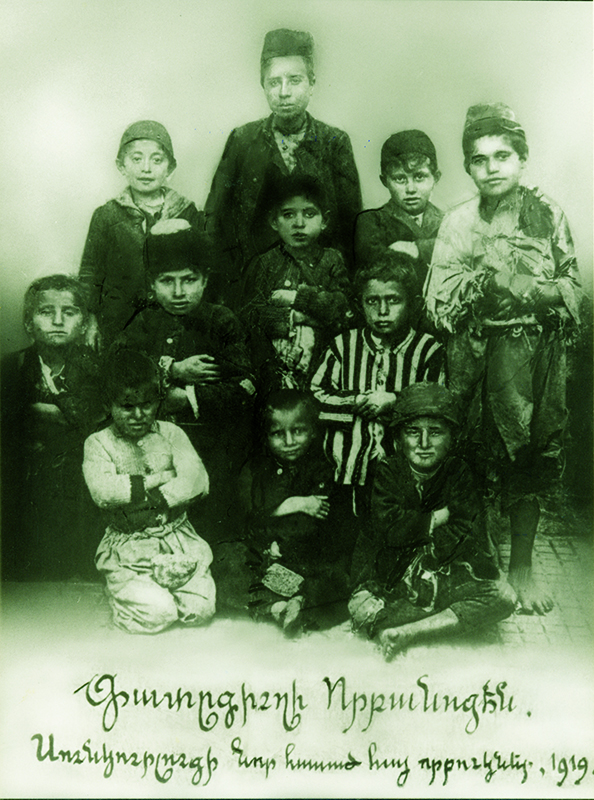
Newly arrived Armenian orphans from Sungurlu (Angora province) to the orphanage of Kadık y, Constantinople, 1919
AGMI Collection
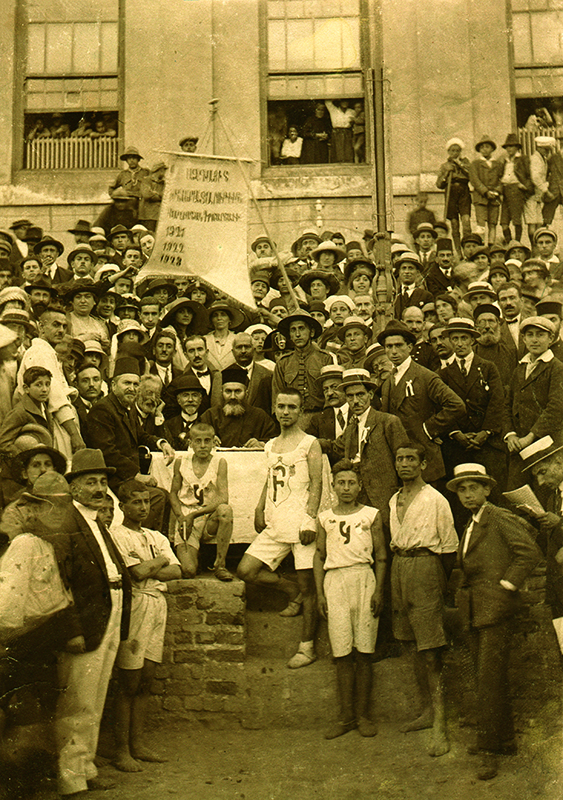
The winners of inter-orphanage games, Constantinople, 1921
AGMI Collection

“Tsitsernak” football team of the Kadıköy orphanage in Constantinople, 1922
AGMI Collection

Certificate with the signature and seal of the Armenian Patriarch of Constantinople Zaven Yeghiayan given to Qerovbe Aghachrakyan during the “Orphans’ salvation week” fundraising campaign, Constantinople, January, 1921
AGMI Collection
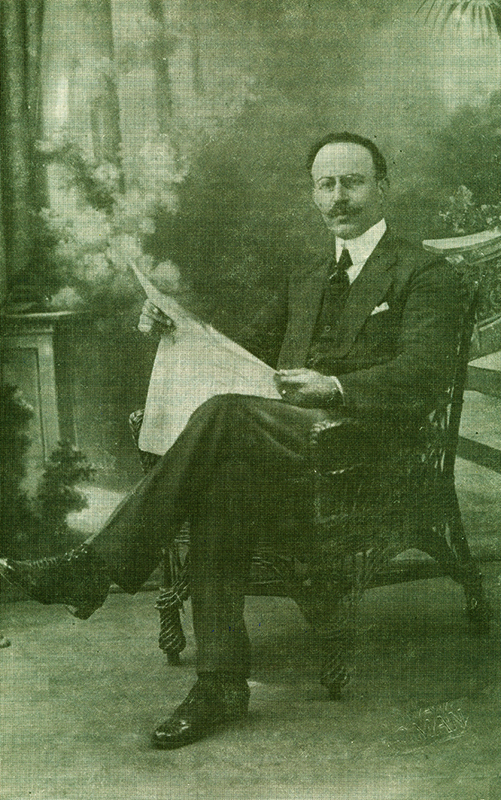
Mateos Eplighatyan (1881-1960), General Director of the National Relief (1919), Representative of the Republic of Armenia Ministry of Welfare, in Constantinople (1920)
Eplighatyan M., National Relief, General Bulletin for the First Six Months, 1 May-31 October 1919, Antelias, 1985





